Crew Ramsay and Crew Mcloughlin have been buddying up for weeks now to share stories and bond over books! We absolutely love our quality time with our reading buddies. Here we are sharing stories.
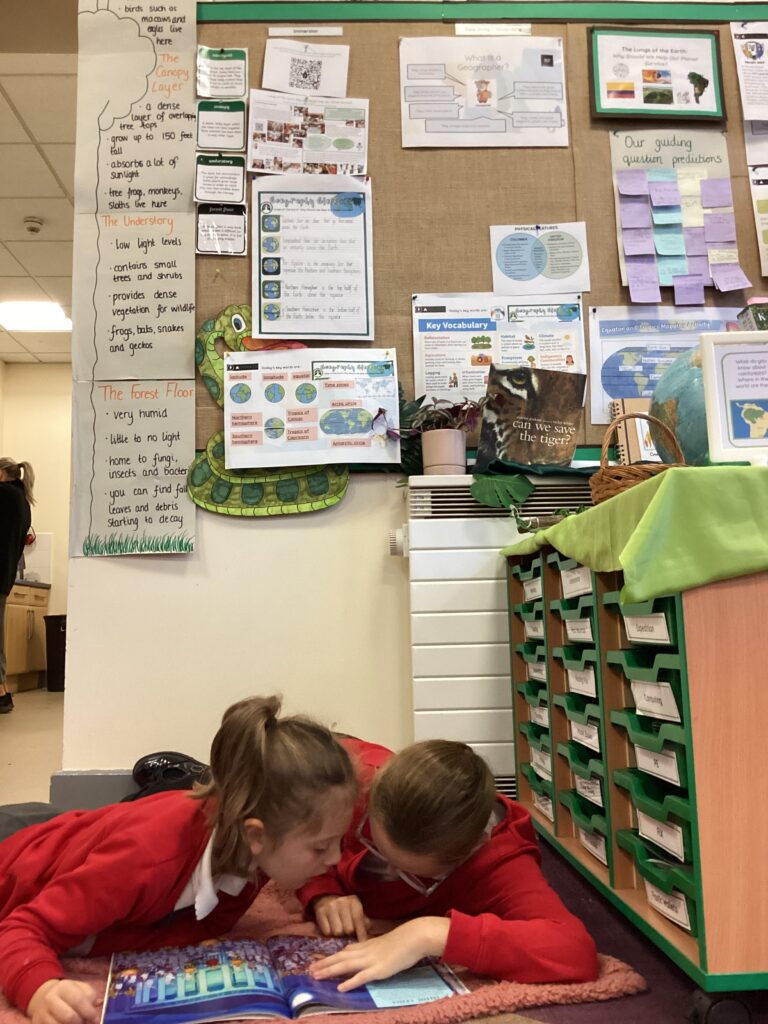
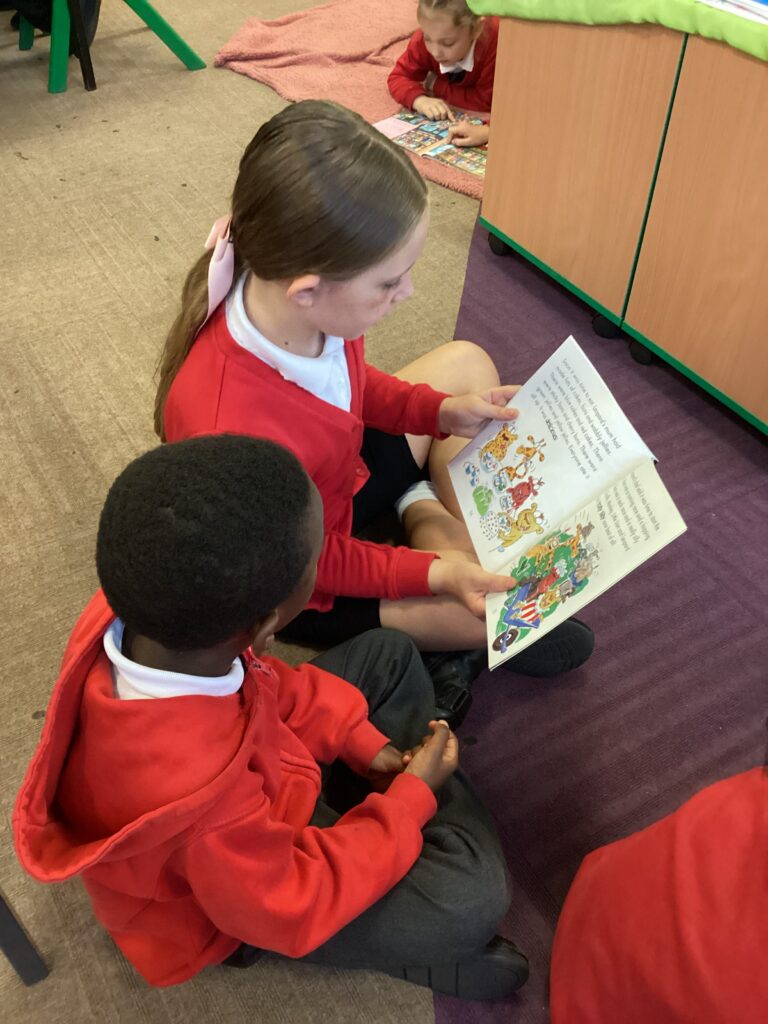

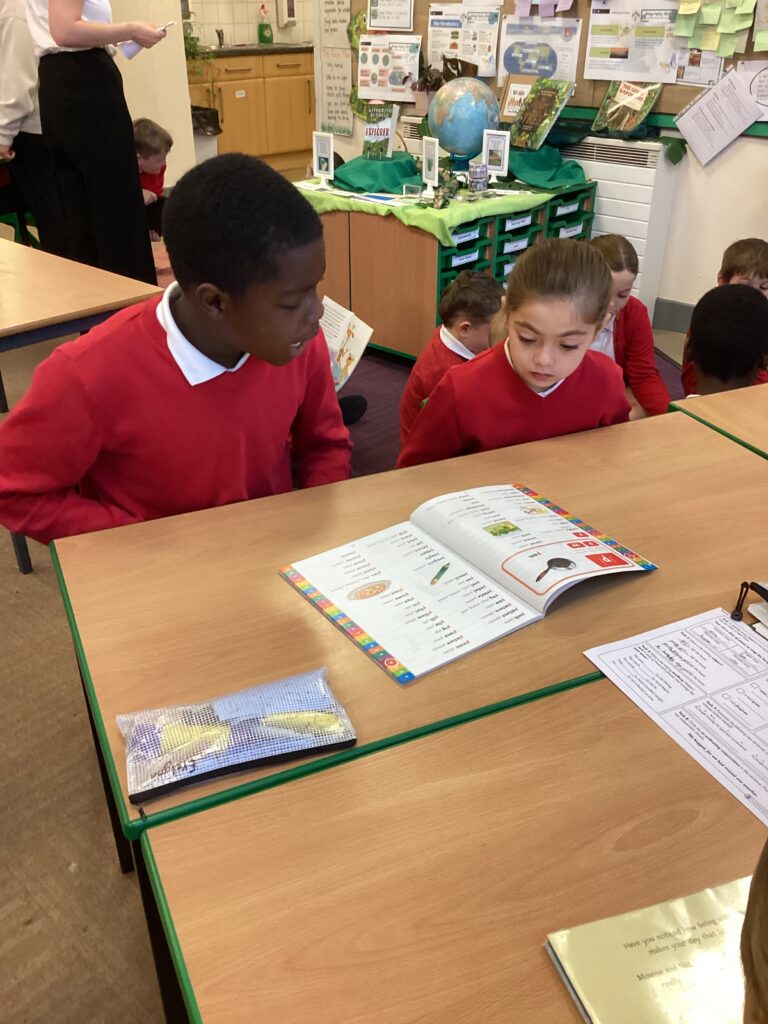

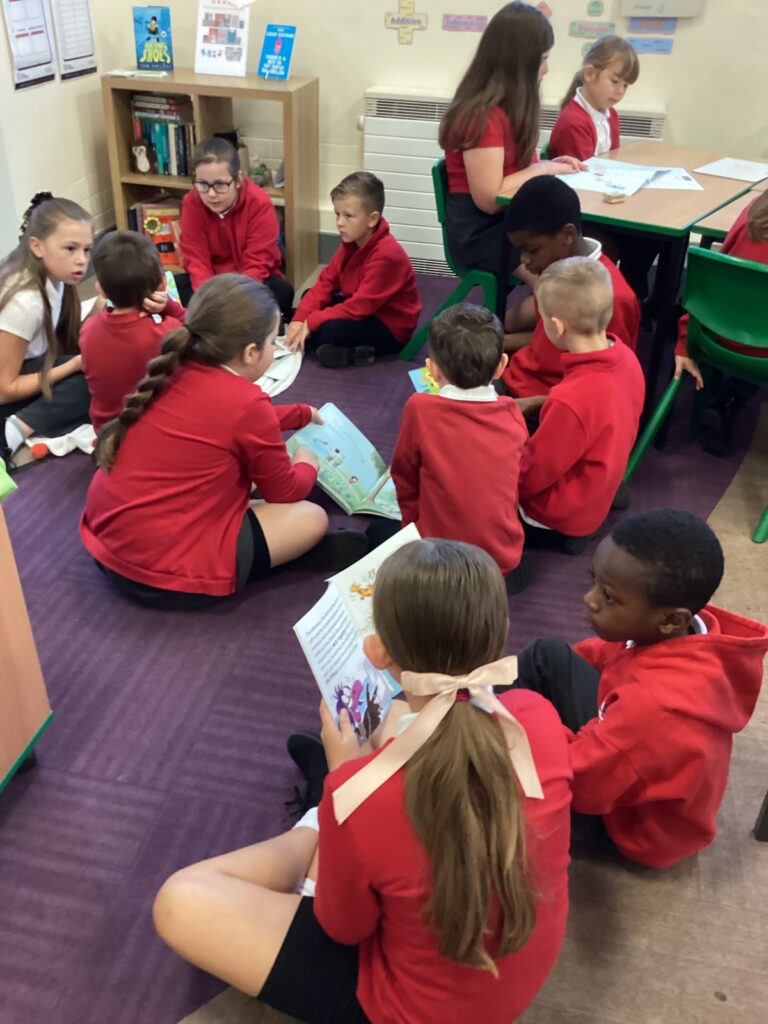
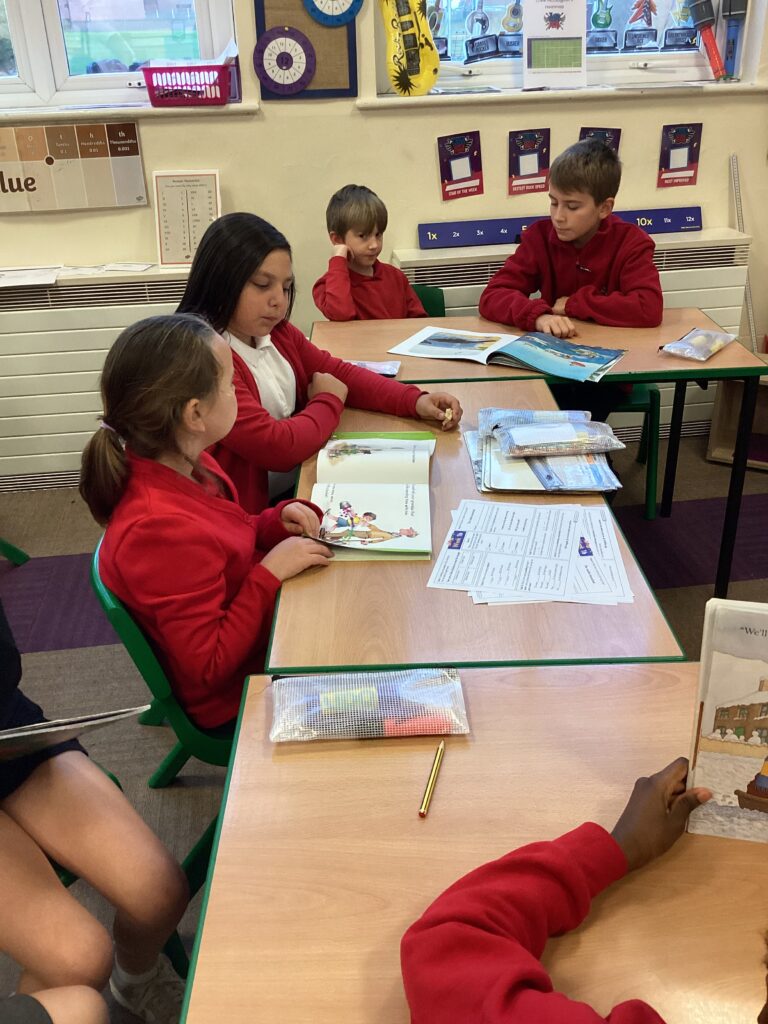
Crew Ramsay and Crew Mcloughlin have been buddying up for weeks now to share stories and bond over books! We absolutely love our quality time with our reading buddies. Here we are sharing stories.







Today, we acted out the story Little Red Riding Hood. We worked in groups to decide rolls, rehearse the story map and interact in character. We had so much fun and cannot wait to get writing the story next…
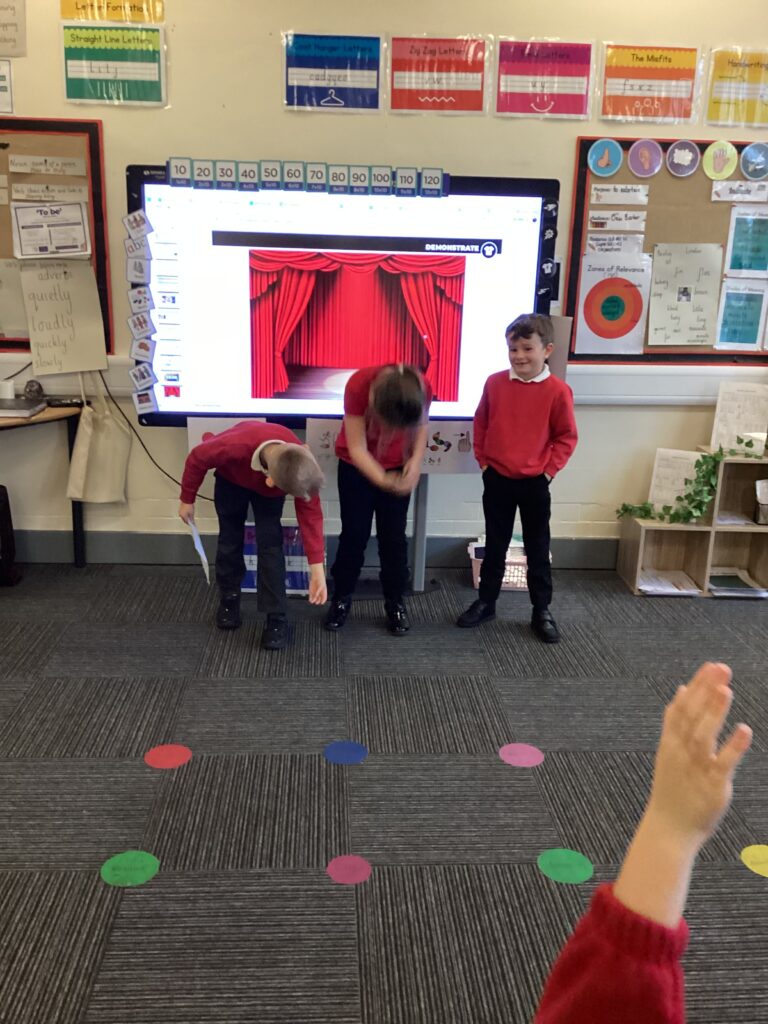

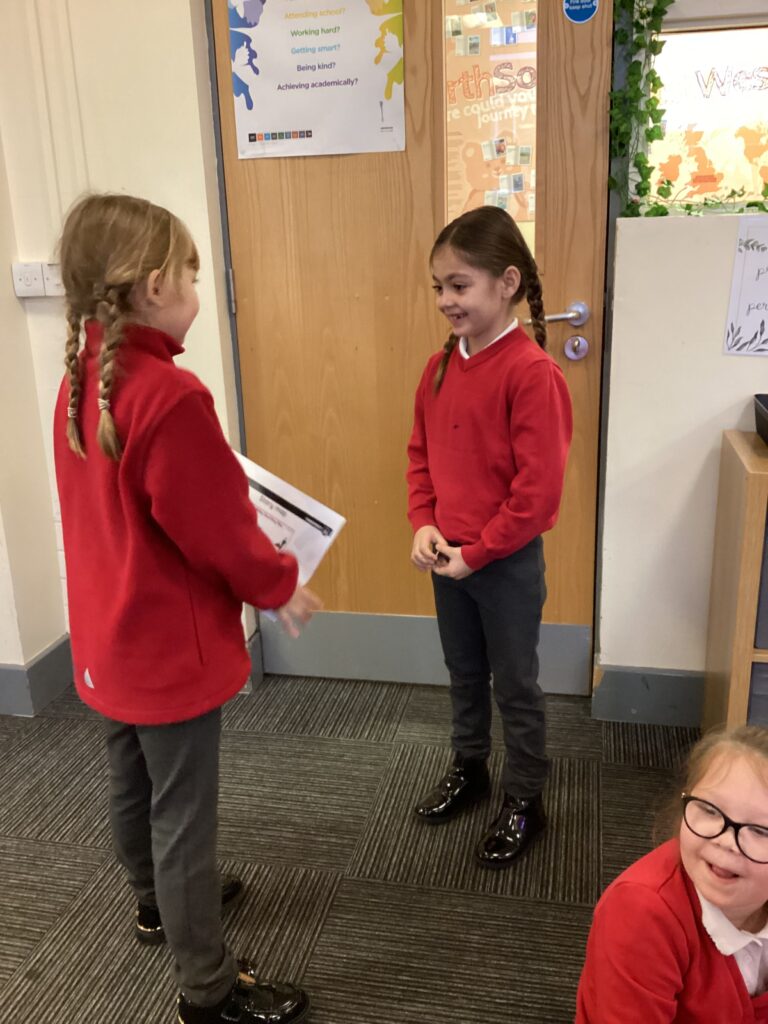
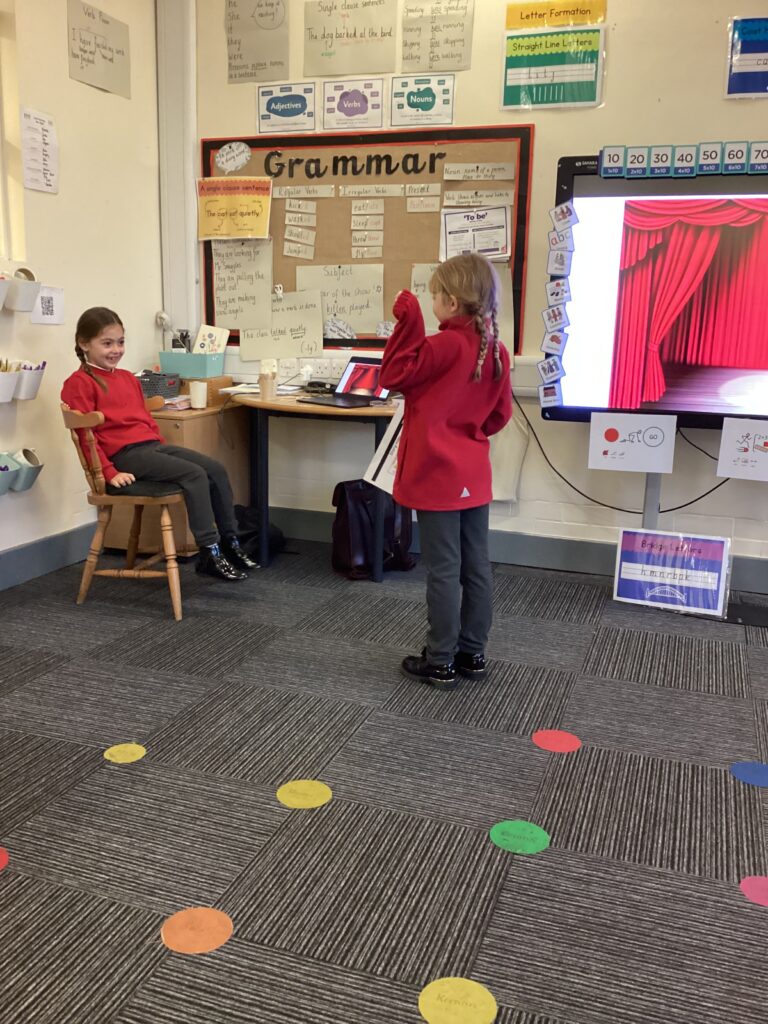



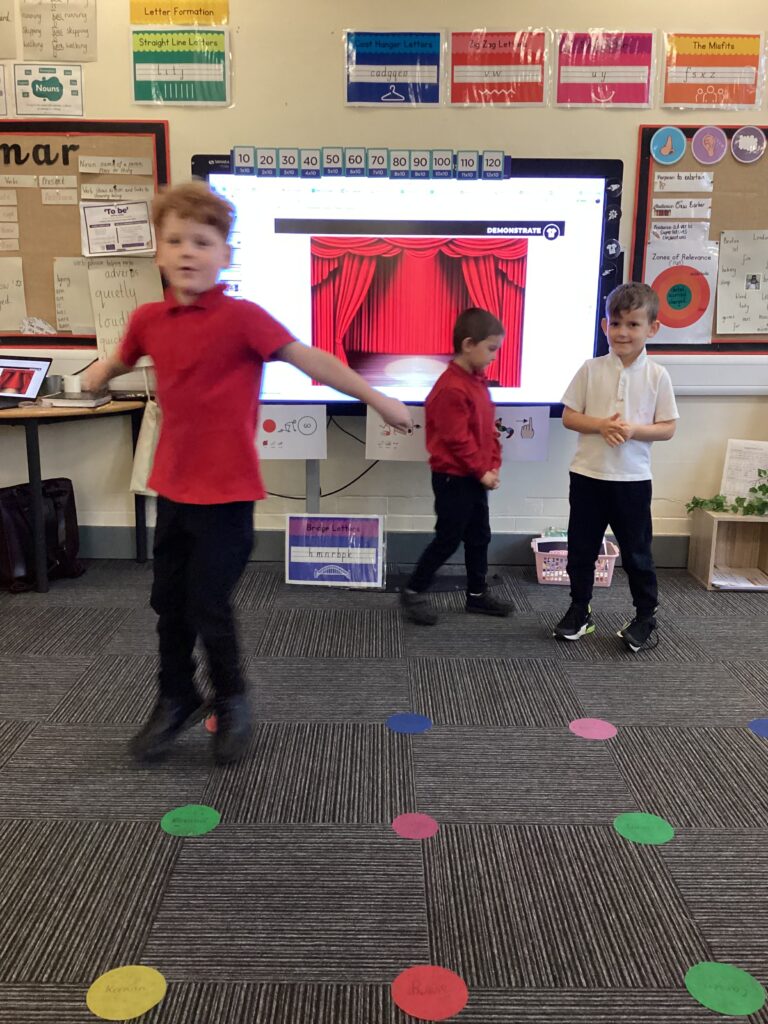




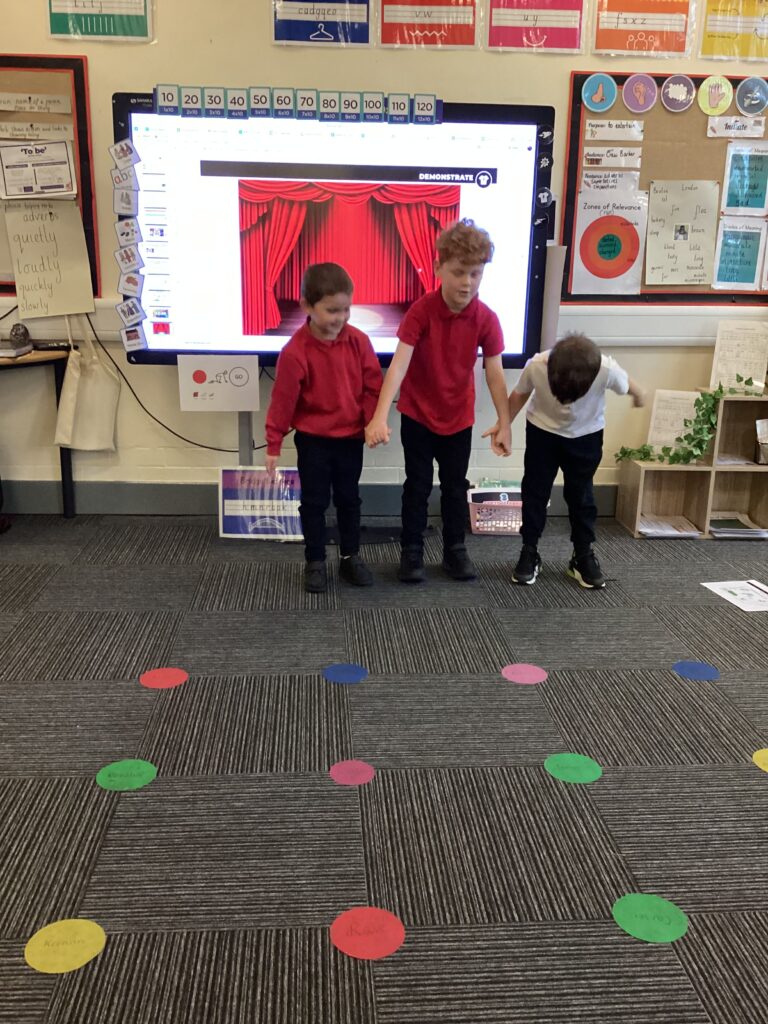



Crew Haddock loved making their remembrance work to show their respect for what people did to fight for our country. Then today they also showed their respect in doing a 2 minute silence for those who died at war.

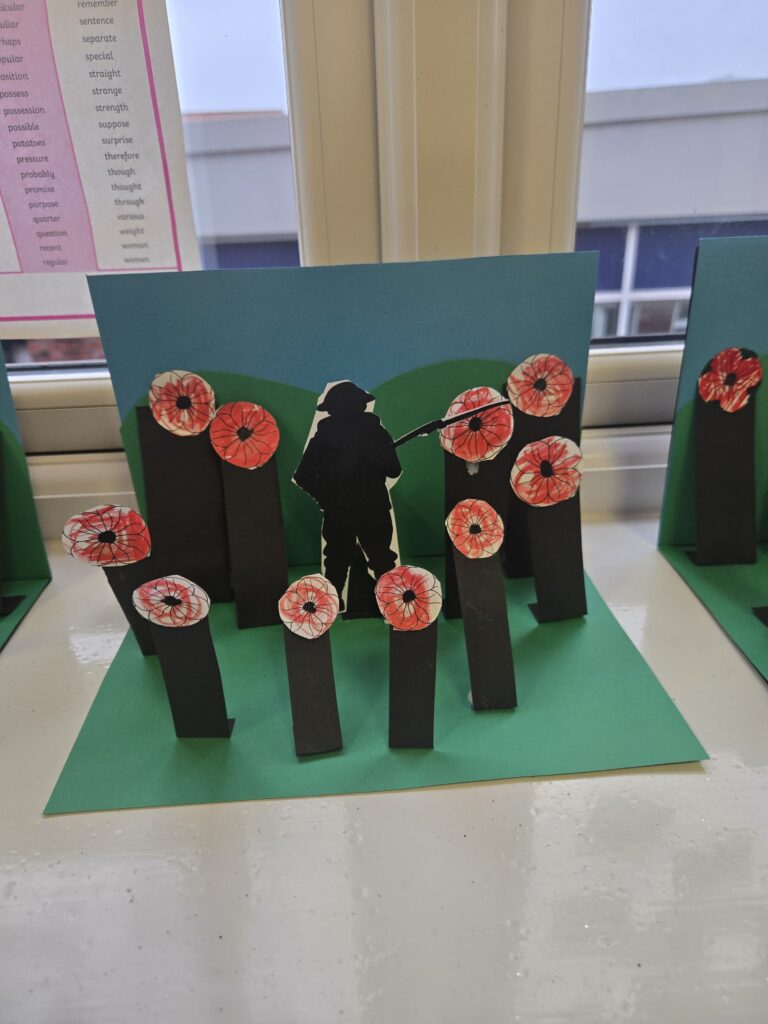
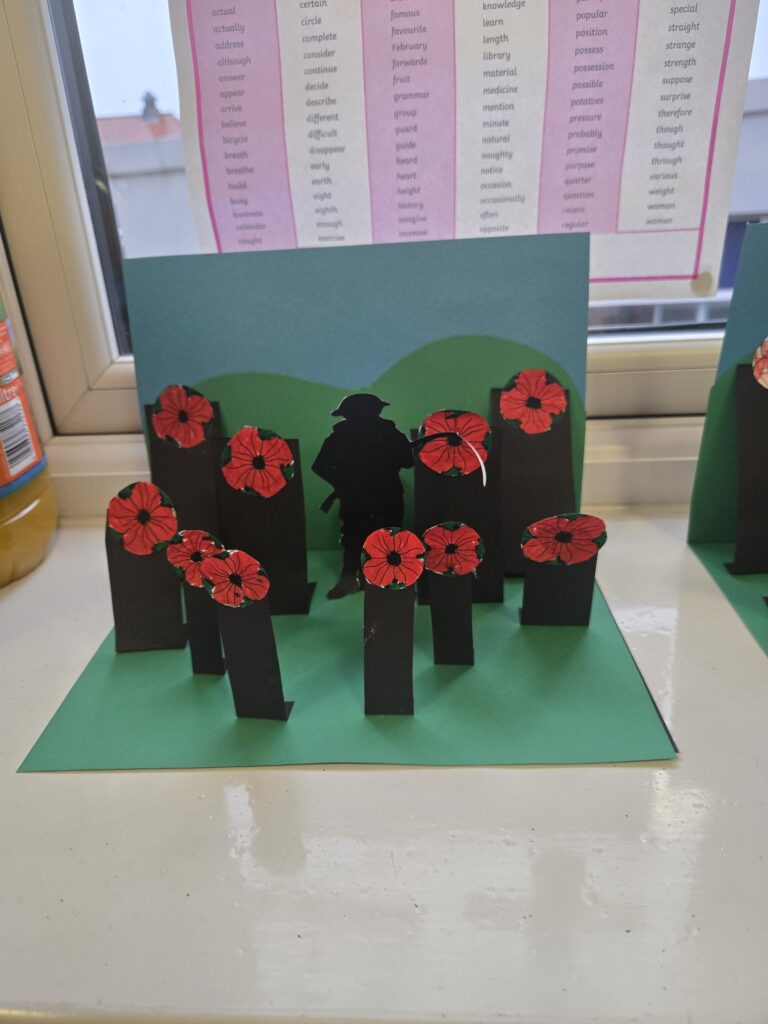

Today, Crew Godley took time to reflect and remember those who have served and sacrificed in times of conflict. Through thoughtful discussions, art, and a special remembrance activity, the children explored the importance of respect, gratitude, and community. Our crew showed great empathy and understanding as they considered the significance of Remembrance Day, ensuring that the bravery and dedication of others are honoured and never forgotten.


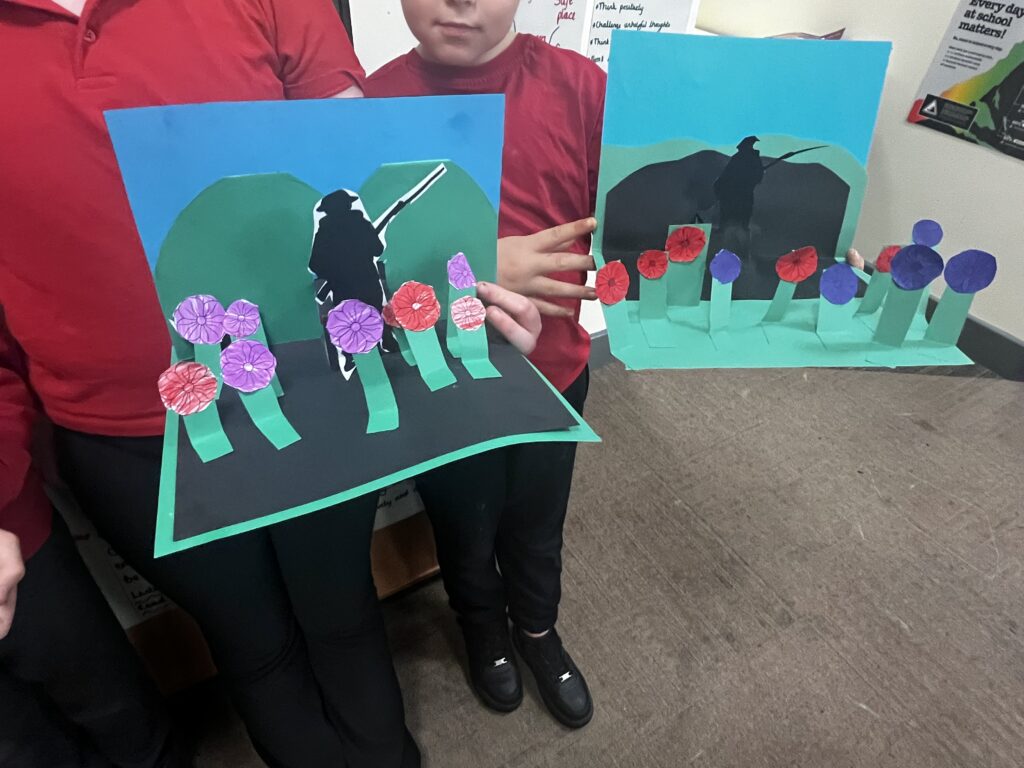
Crew Frost has had so much fun returning back this week! We have been learning all about autumn and the changes we see outside and the events we might celebrate. This week the children have enjoyed using pumpkins and colored golf pins to create their own patterns and arrangements, this really pushed our fine motor development by having to use hammers to secure our pins. We also enjoyed building our social and emotional skills by sharing with our friends and using our listening skills to recall how we use the tools safely.

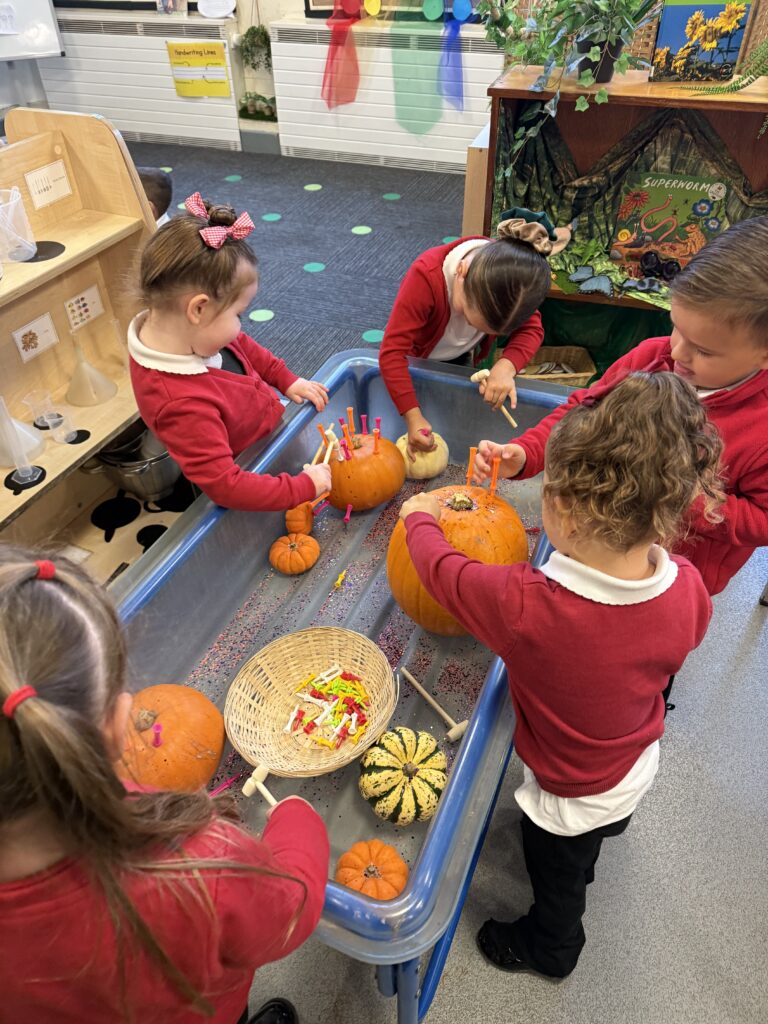

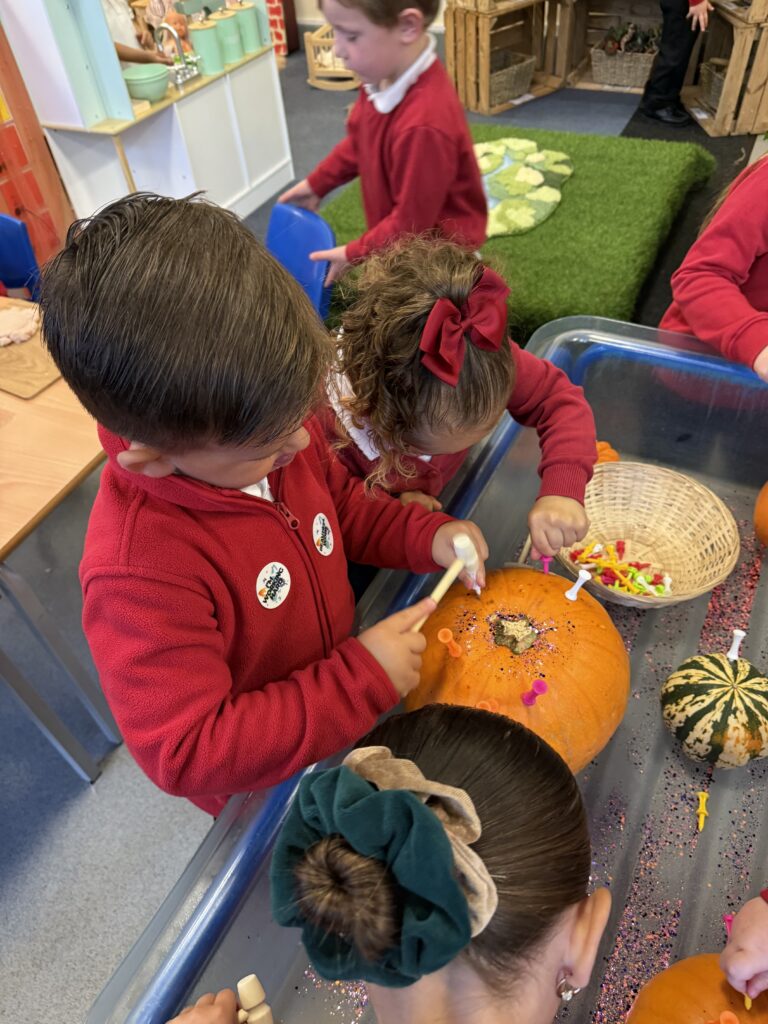
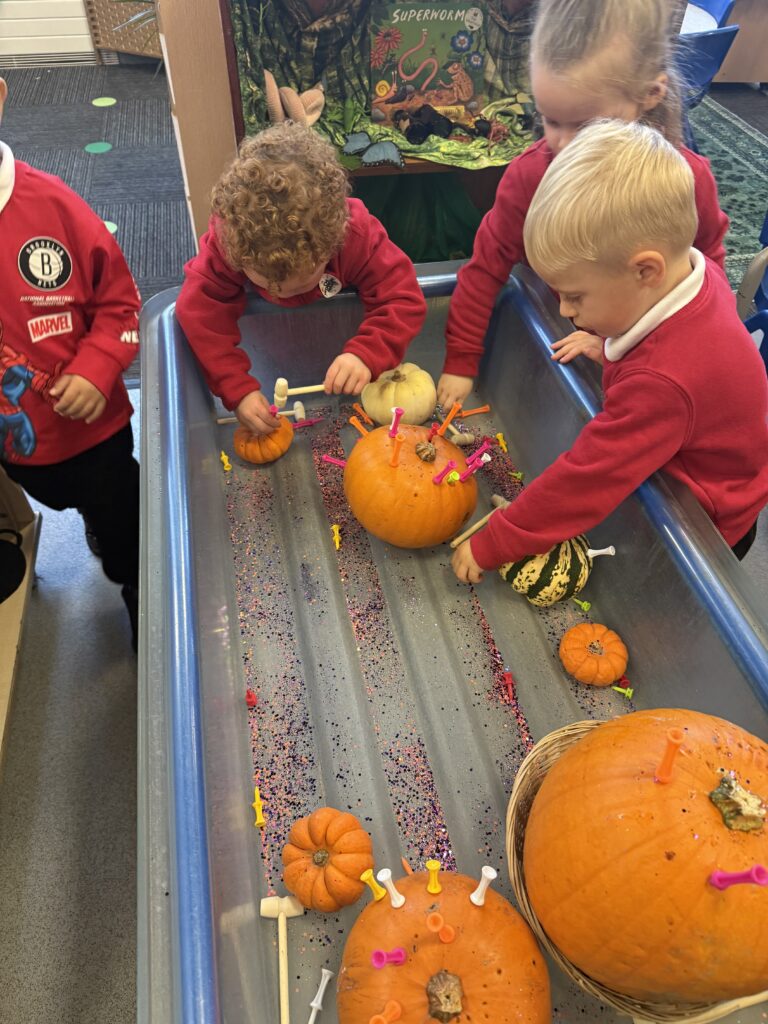

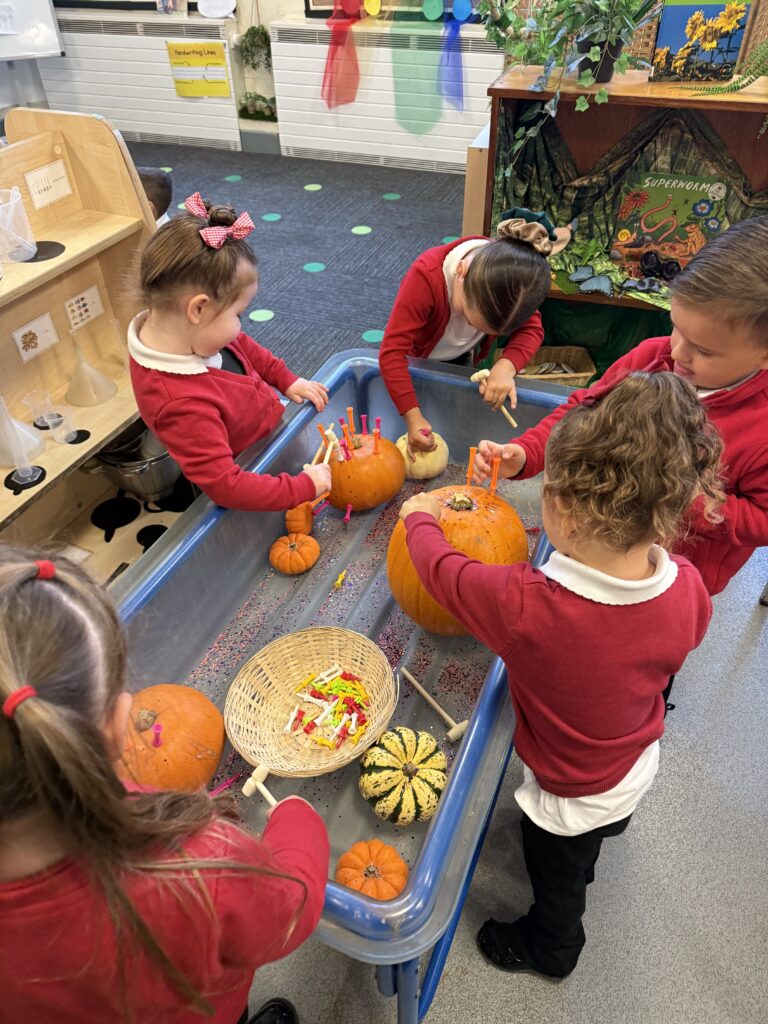


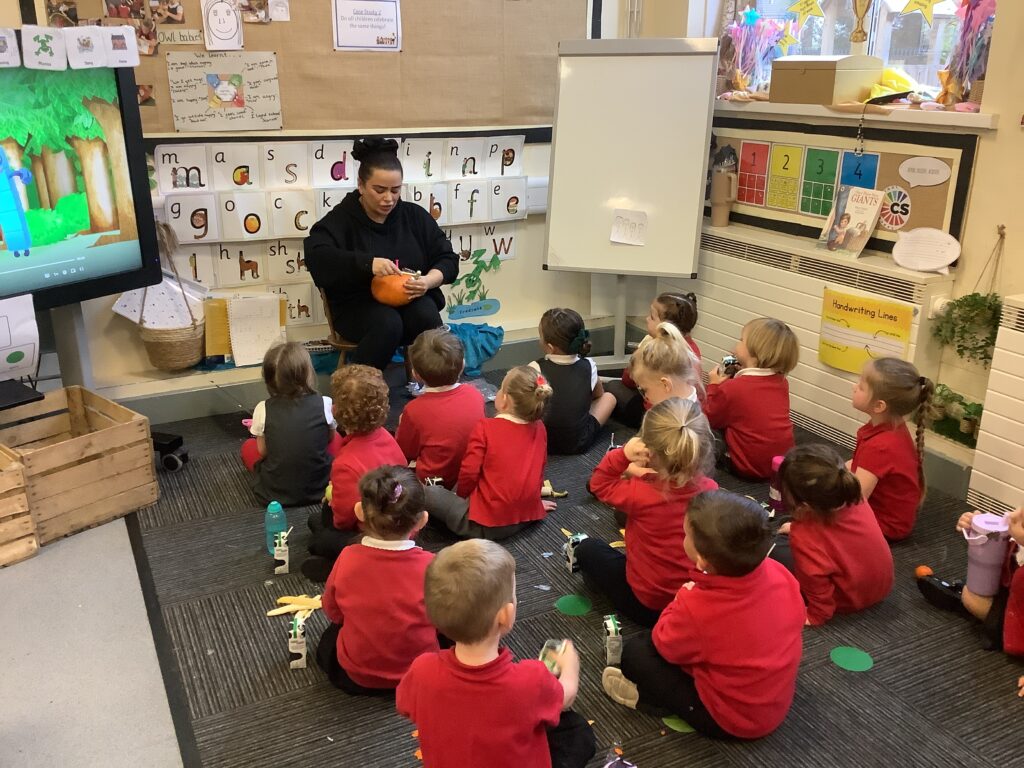
In year 6, we have been getting ourselves logged on to our google account and familarising ourselves with the different apps available. To begin with, children were asked to set themselves a new password but they were asked to ensure it was something that would be memorable. Once everyone was on, Miss Shields demonstrated how to compose an email and send it to someone else before the children had a go at emailing their shoulder partner. Next we looked at how to create a google doc and slides before sharing them.
Over two Experience Days, Crew McLoughlin have been developing their creativity, confidence, and communication skills through a range of exciting activities. On the first day, they became wildlife reporters inspired by Sir David Attenborough, planning and performing their own mini rainforest documentaries. Working in pairs, they used expression, intonation, and body language to bring scenes of grooming, foraging, and danger to life. On the second day, pupils built on these skills by listening to a model monologue and experimenting with tone and expression. In groups of three, they explored the text, identifying powerful vocabulary and descriptive techniques before noting ideas for their own writing. It’s been a brilliant few days of teamwork, imagination, and expressive learning – Crew McLoughlin have truly brought their voices to life!

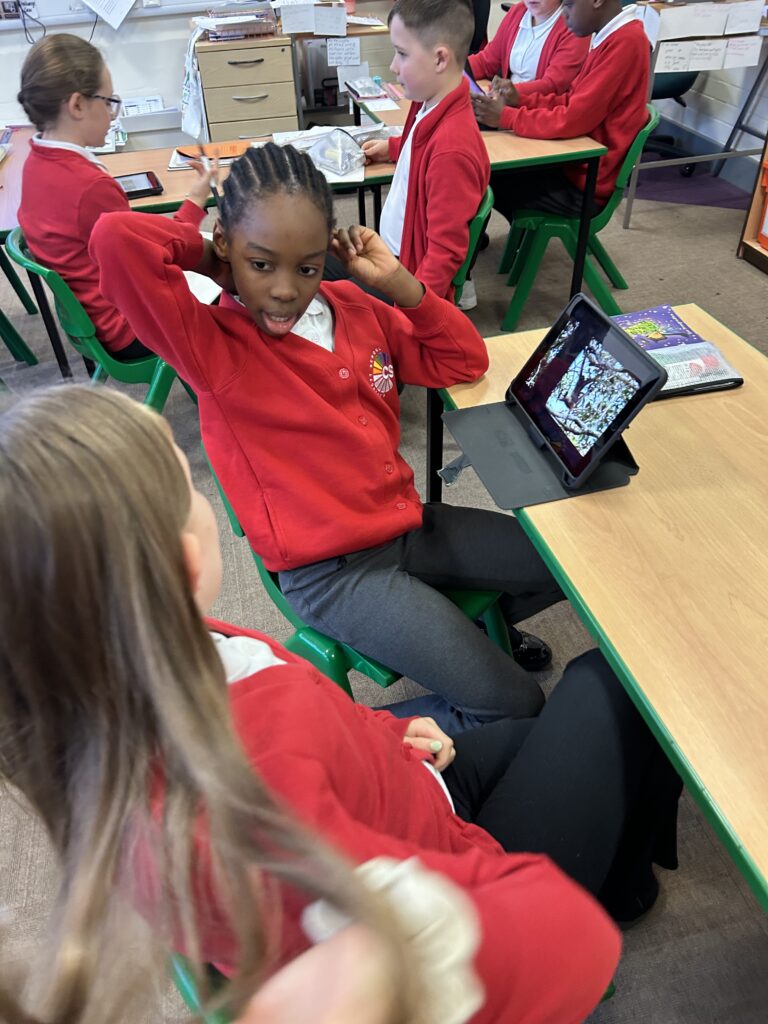


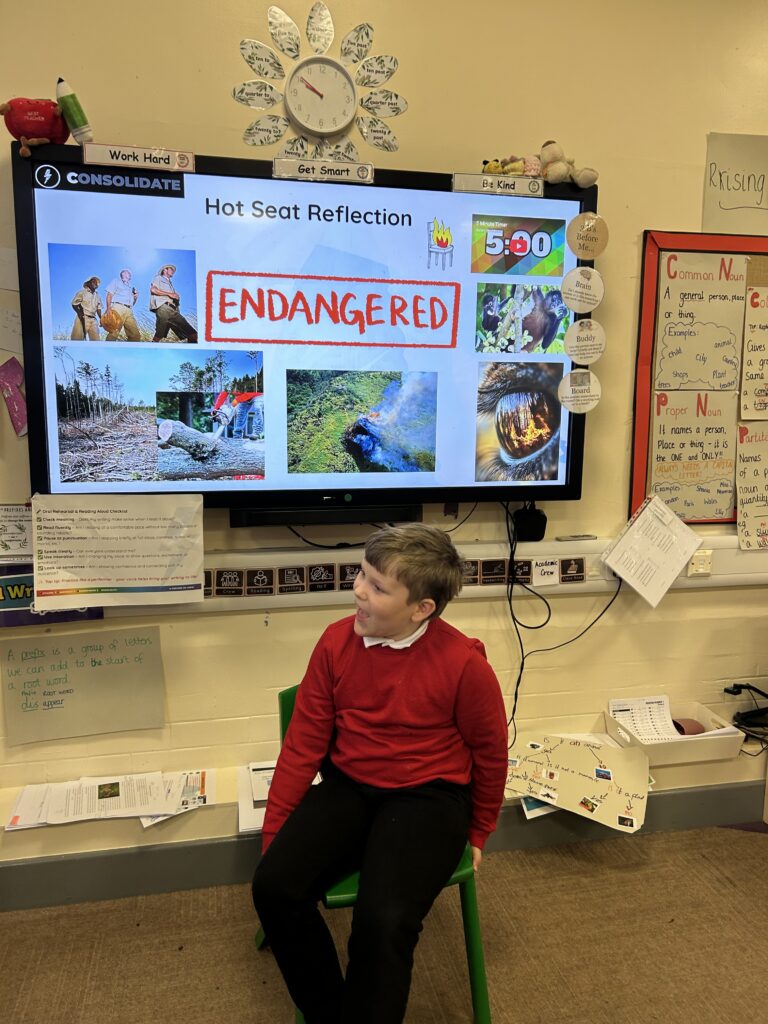
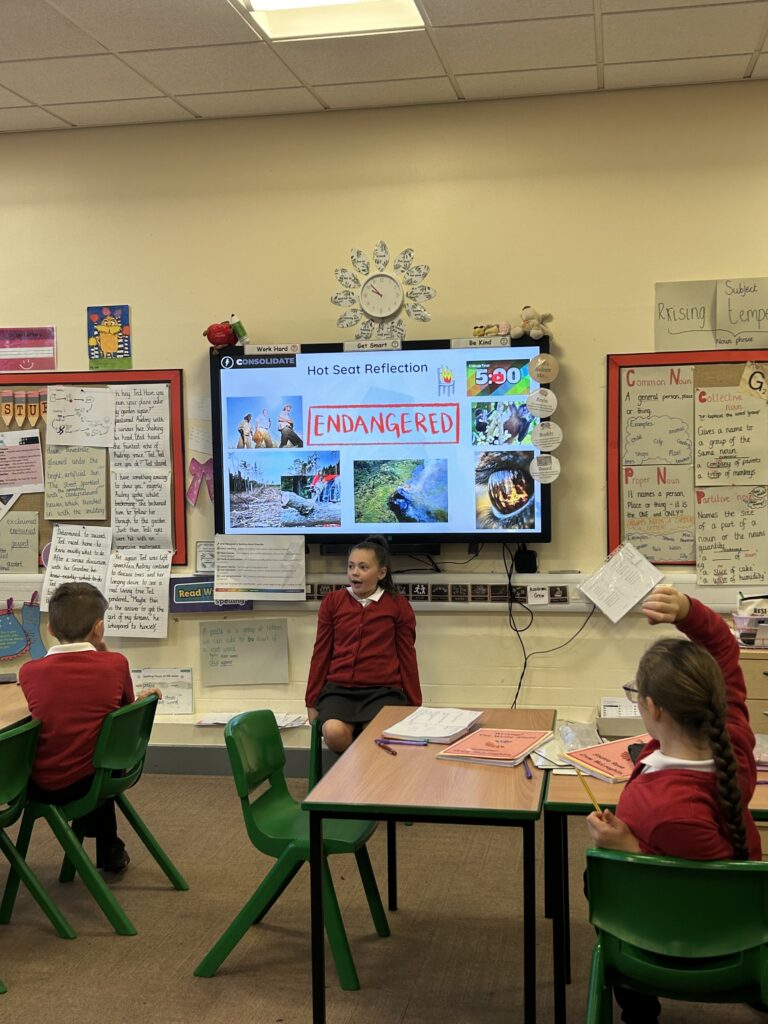
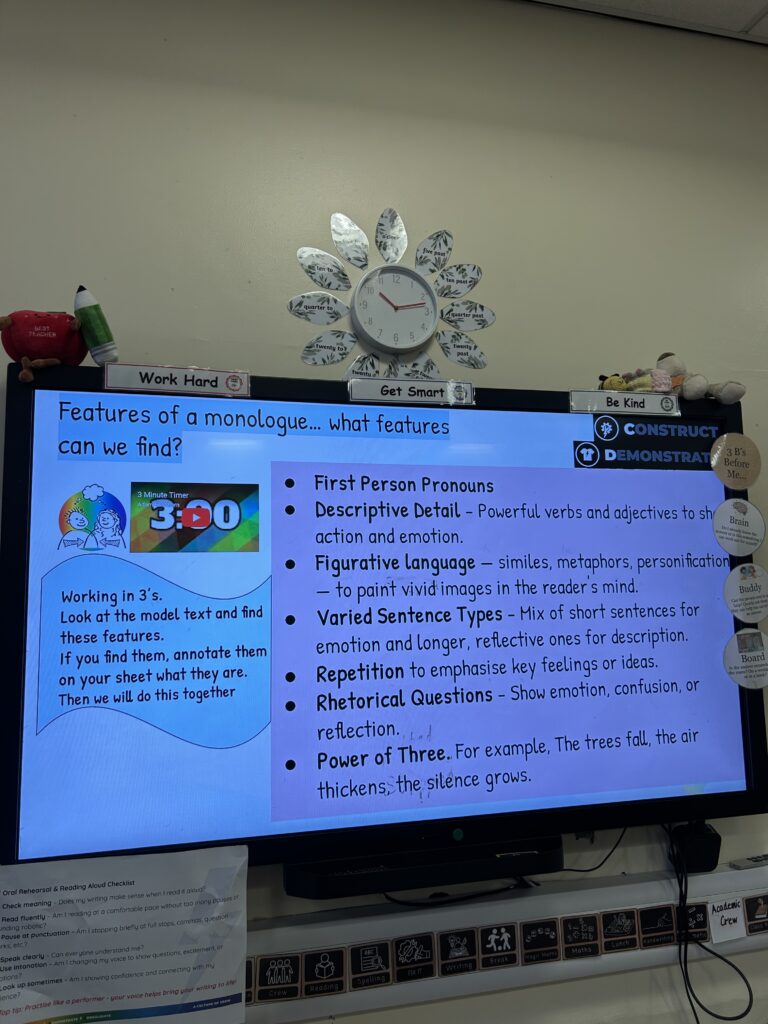

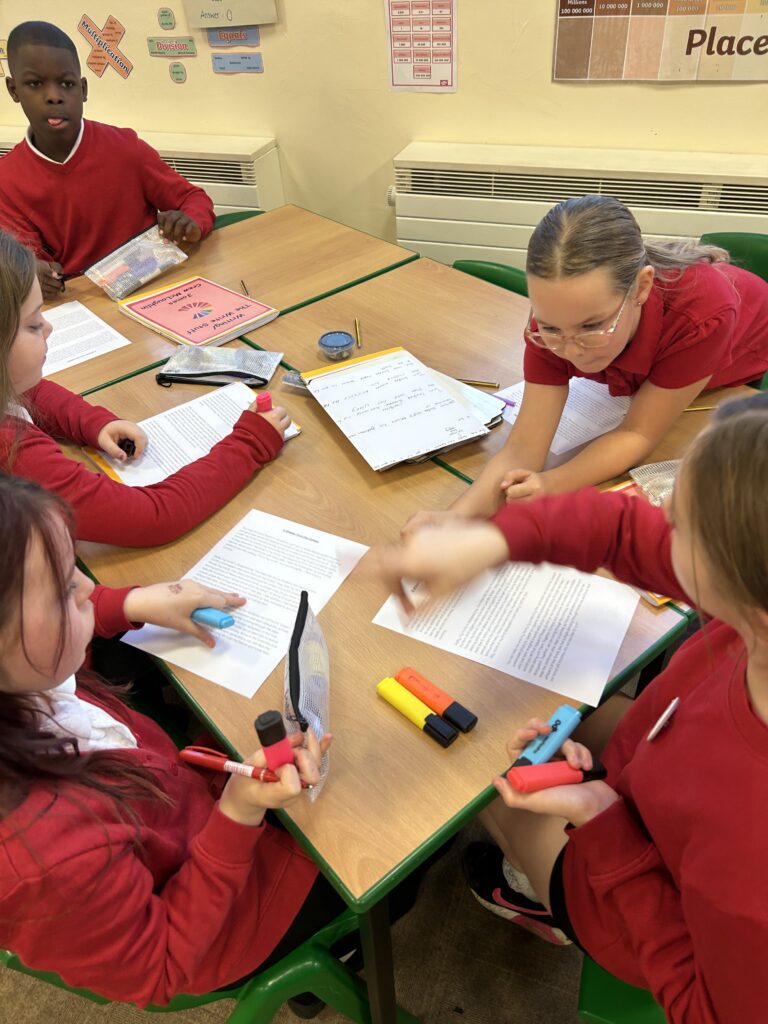

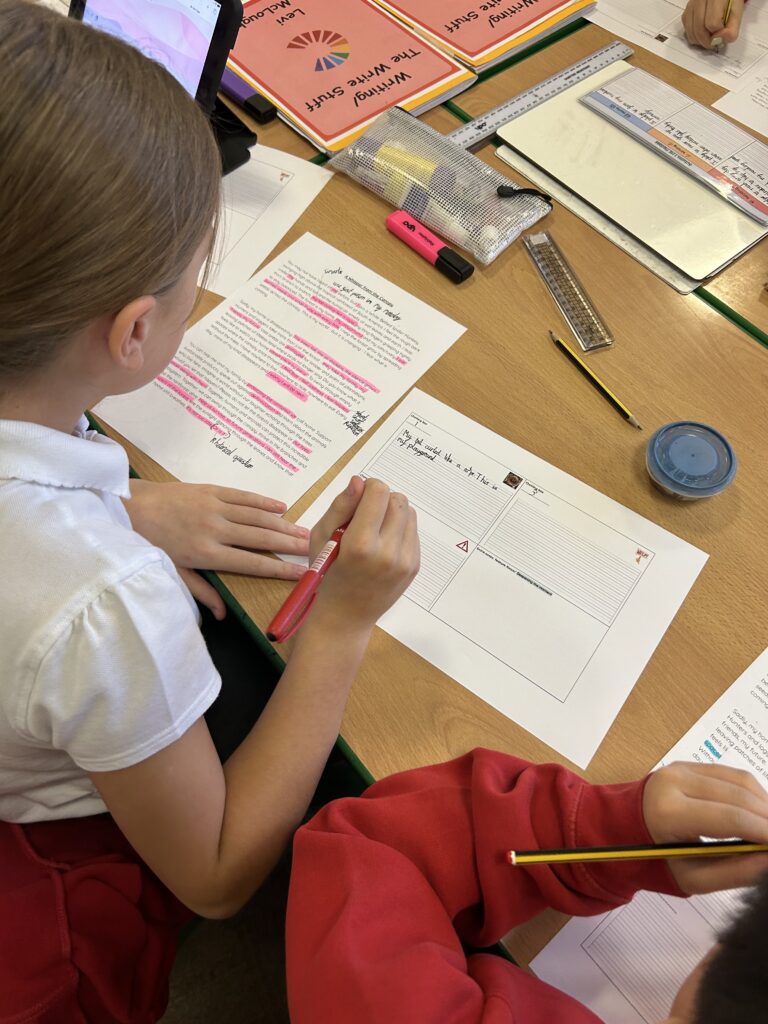
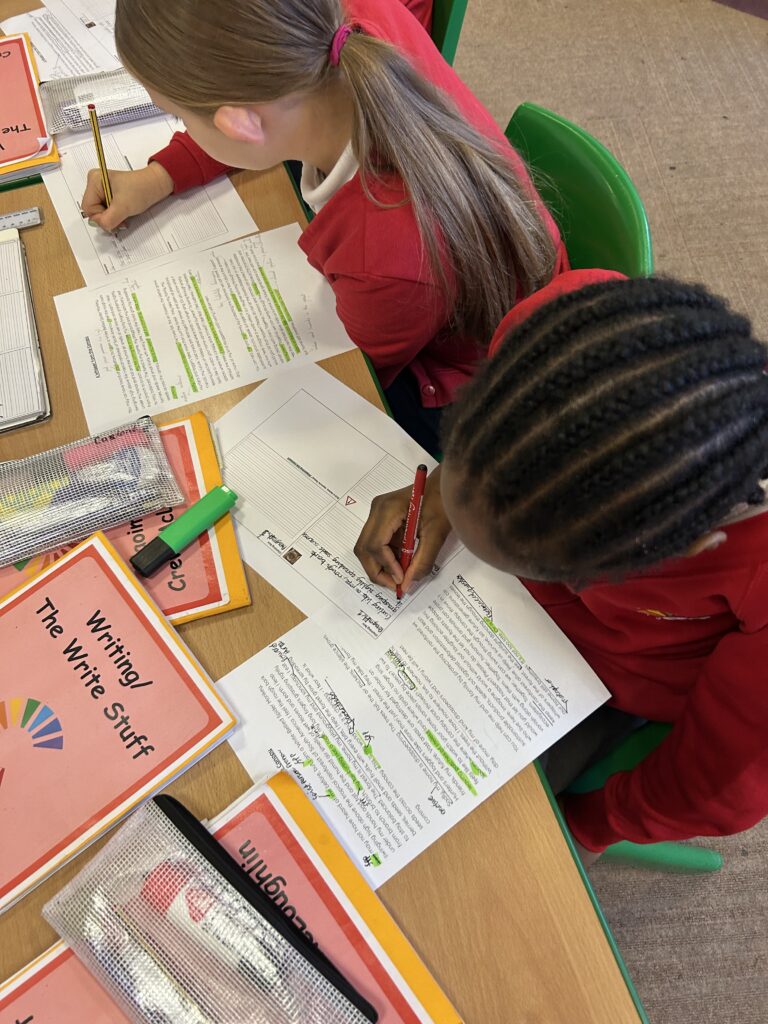
This week, Year 3 and 4 have started a new unit which will focus on online safety. Both crews focused on how to be able to identify fake information and decide whether information is opinion, beliefs or fact. We used Sky News Kids which has a section on fake news or fact and this really did open the children’s eyes to the fact you can’t believe everything you see online. We discussed the importance of using reliable sources for information or to fact check things when we are unsure.
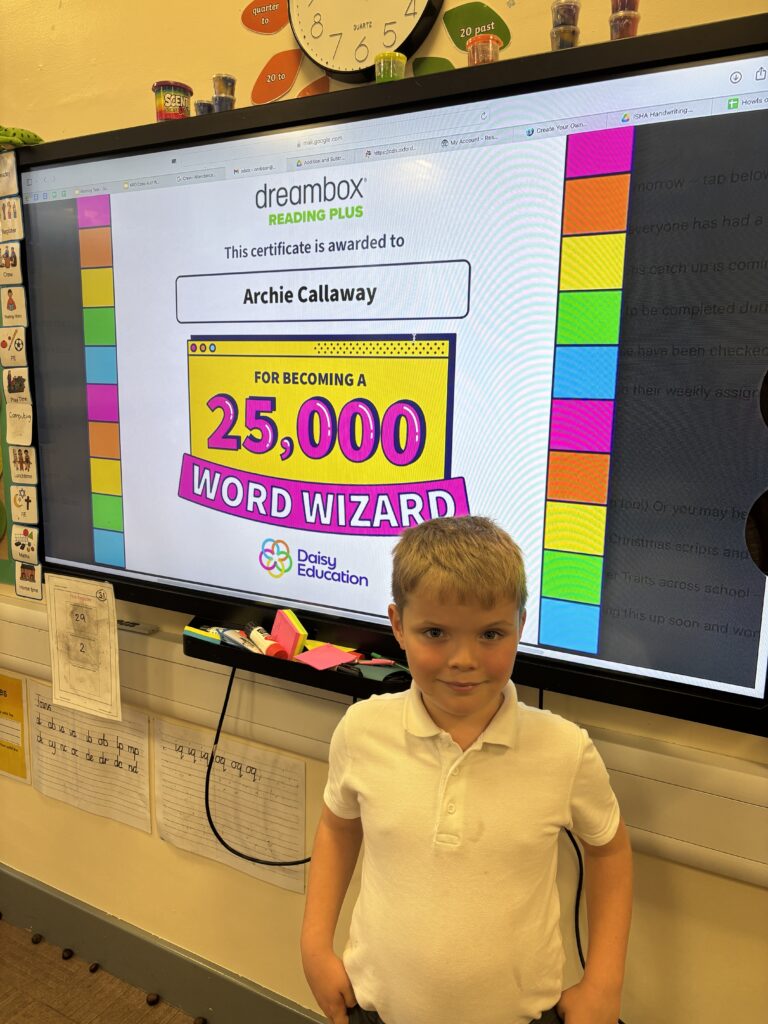
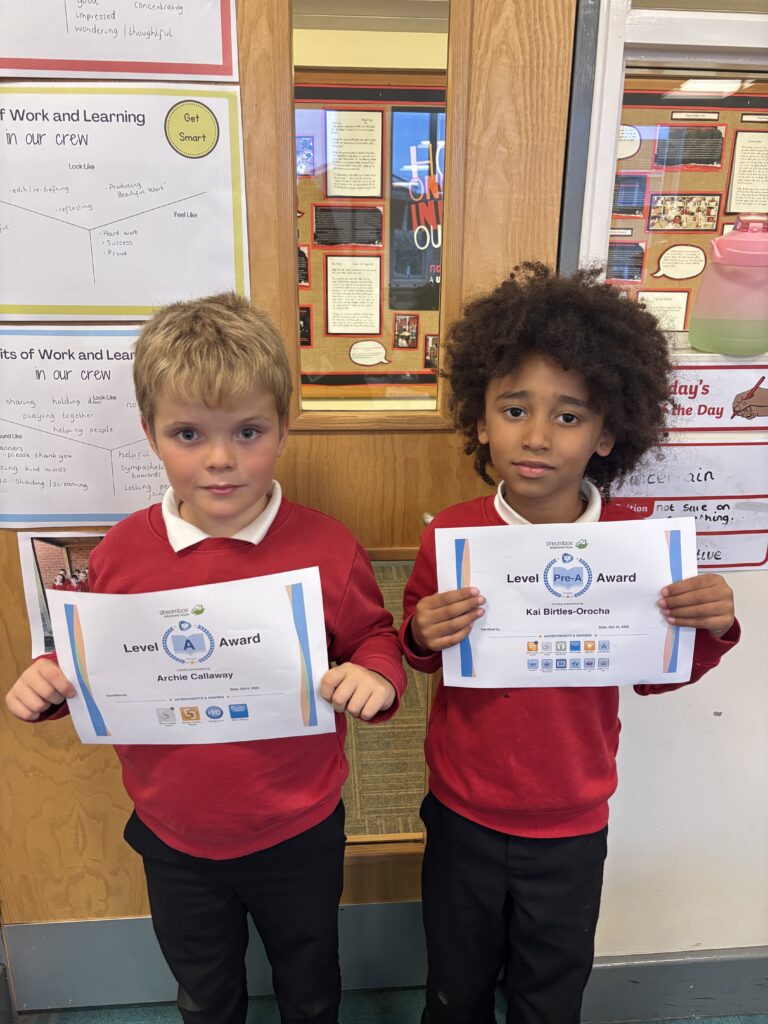
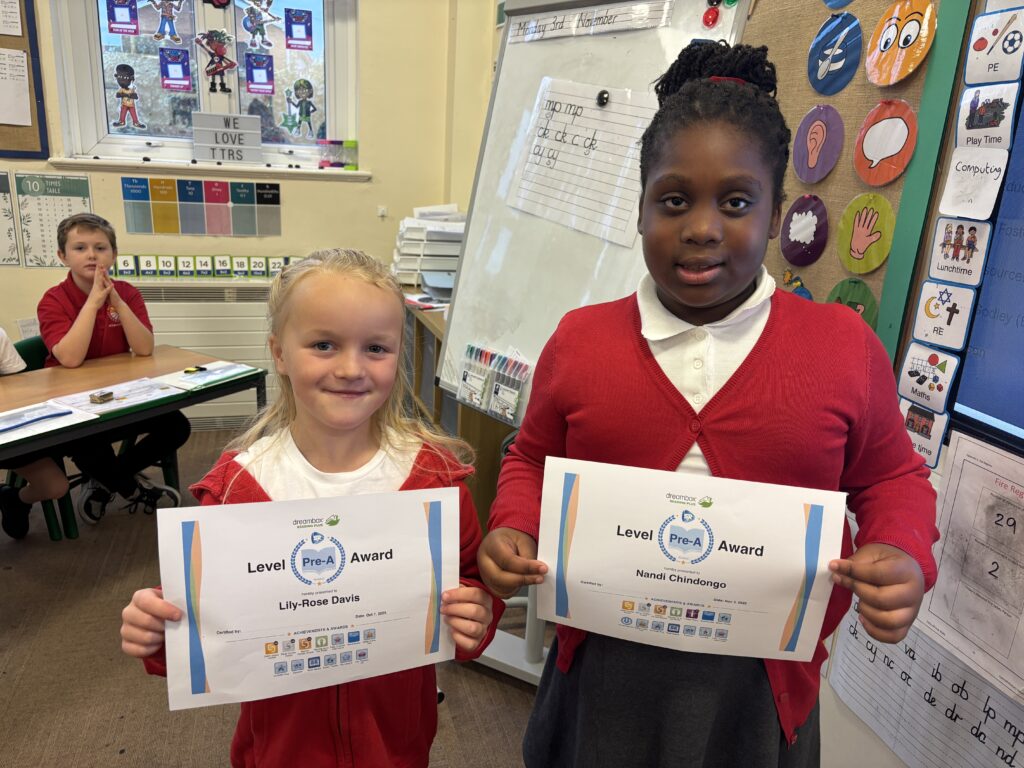
A huge shoutout to these children who are absolutely smashing reading plus at the minute.
All these children have achieved their Pre-A awards and Archie has been recognised as a word wizard too!
Keep it up!